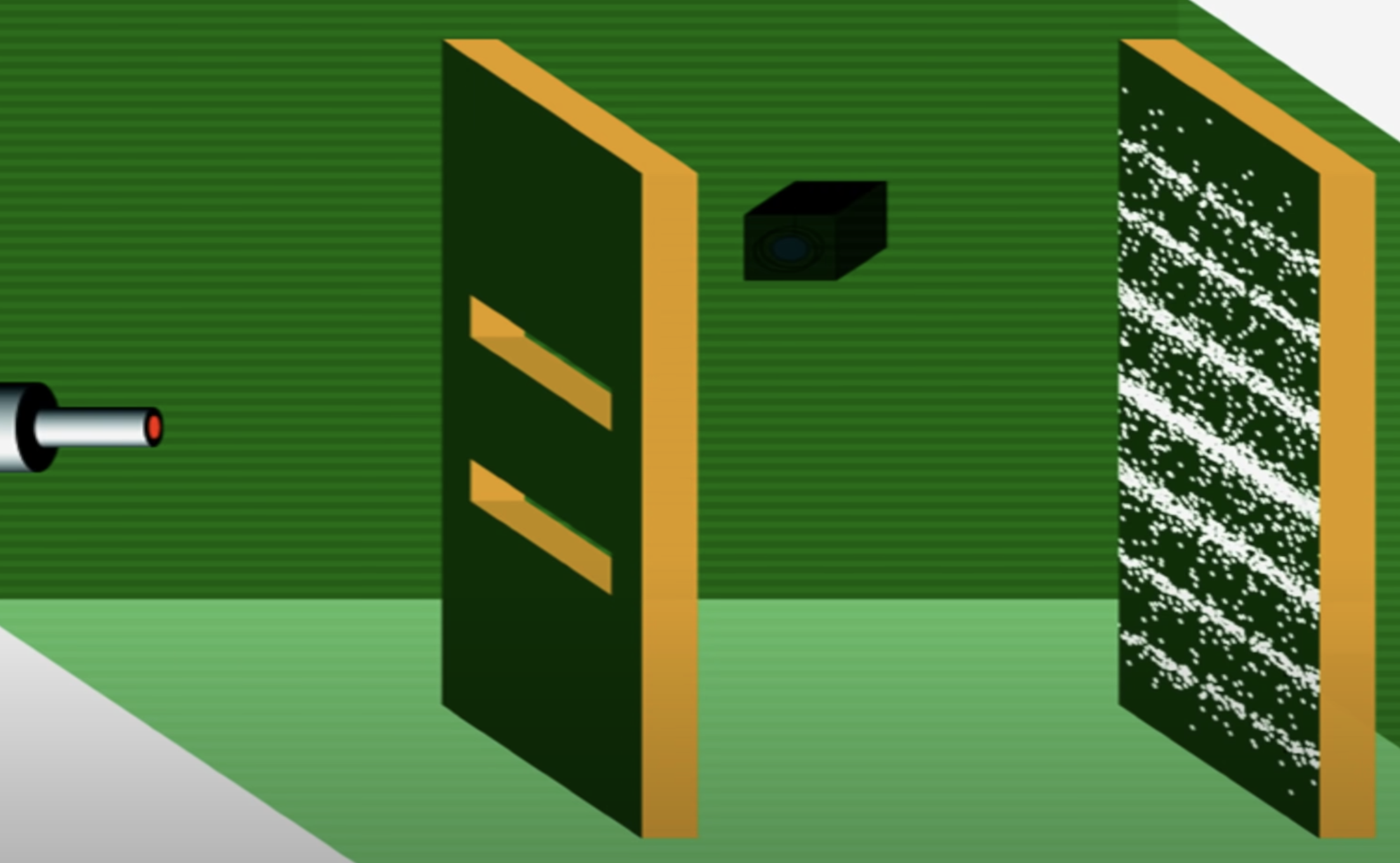No moon?
It has been shown experimentally that time-space is doomed as the basis of physics. Time-space is just our idea of the perceivable world. It does not apply beyond 10-33 m, which is not unimaginably small: a quark is 10-18 m.
Spooky action at a distance was demonstrated already in 1962. Two electrons in the same quantum state (entangled), were thrown at a distance of 1280 m and measured along a randomly chosen axis at exactly the same moment, in order to rule out information transfer (which cannot happen at a speed higher than the speed of light). Later in 1998 Anton Zeilinger et al. (Nobel Prize in 2022) demonstrated quantum teleportation at a distance of 144 km between two Canary Islands, which is an instant transfer of quantum state through entanglement.
Kochen-Specker showed that neither position nor spin has any value that is independent of how it is measured. … or, measured at all! It was demonstrated in the double slit experiment. When particles are beamed through a single slit in a wall they produce a line pattern on the next wall as expected.

What is the result when particles are beamed through a double slit? Two lines? Well it depends. Without any observers the pattern is that of a wave.

What happens when we put up a camera to peep on the particles when they go through the slits? Same as above?

Well, not really:

What if we do not remove the camera but just unplug it? Will particles notice this?

Yea, they do. So, after all, the moon is only there when we look?
It is only through mathematics that we can peep into the true real world, not the perceived one. Beckenstein and Hawking calculated the so-called holographic principle. Which do you think can code more information: a surface of a ball or the entire ball?
The surface. Surprised? Me too. But the principle shows that the fabric of spacetime as a 3D hologram is “projected” by 2D webs. Leonard Susskind ousts all our delusions: “The three-dimensional world of ordinary experience – the universe filled with galaxies, stars, planets, houses, boulders, and people – is a hologram, an image of reality coded on a distant two-dimensional surface.”

Hoffman’s Interface Theory of Perception postulates that space-time is our computer screen, that it does not exist without us – the viewer.

